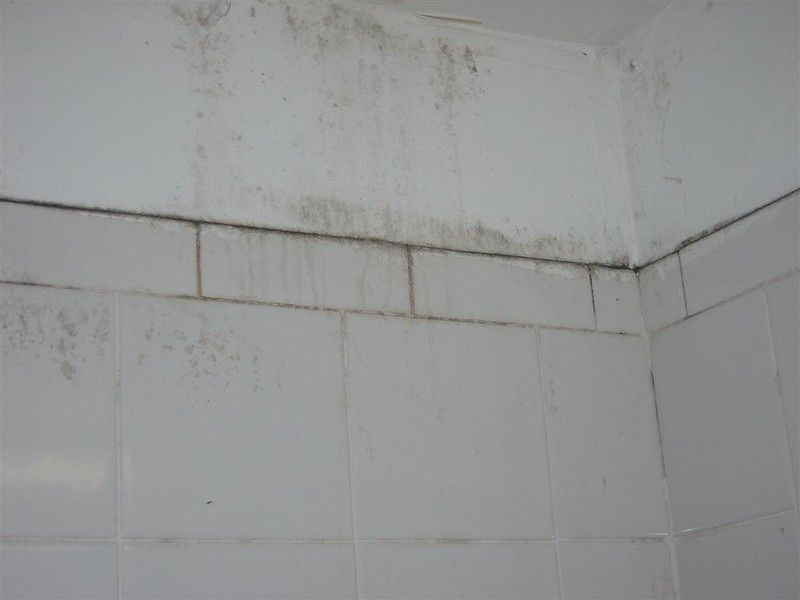What is Damp Proof Course: Importance and Types Explained
WRITTEN BY THINKDRY DAMP PROOFING SPECIALIST
Understanding the importance of a damp proof course is essential for maintaining the integrity of your home and preventing rising damp. A damp proof course is a critical element in the construction of buildings, designed to prevent moisture from entering walls and floors. This article will explore the various types of damp that can affect homes, how a damp proof course functions to mitigate these issues, signs of damp in your home, common causes of damp walls, and when to consult a damp proofing specialist.
What is the type of damp that affects homes?
Understanding rising damp and its effects
Rising damp is a prevalent type of damp that occurs when moisture from the ground rises through the walls of a building, making it crucial to implement a damp-proof course. This phenomenon often affects properties that do not have an effective damp proof course, leading to detrimental effects on both the structure and the indoor environment. The moisture can cause damage to internal walls, promoting mold growth and degrading the quality of building materials. Homeowners should be vigilant about the signs of rising damp, as it can compromise the safety and aesthetic appeal of a home.
Identifying penetrating damp and its causes
Pentrating damp is another significant type of damp that affects homes, typically resulting from water ingress due to defects in the building's external walls. Factors such as cracks in the masonry, faulty roofing, or poorly sealed windows can lead to penetrating damp. The impact of this damp issue can manifest as damp patches on internal walls, peeling paint, and even structural weaknesses. It’s crucial to identify the source of penetrating damp to prevent further damage and ensure the longevity of your property.
Different types of damp and how they impact buildings
In addition to rising damp and penetrating damp, there are various types of damp that can affect properties, including condensation and chemical damp. Condensation occurs when warm, moist air comes into contact with cold surfaces, leading to moisture buildup. Chemical damp is often associated with the presence of salts in the building materials, which can attract moisture and exacerbate damp issues. Each type of damp presents its own challenges and requires specific solutions to effectively treat damp and prevent moisture from causing further damage.
How does a damp proof course prevent damp issues?
What is a damp proof course and how does it work?
A damp proof course (DPC) is a barrier installed in walls and floors to prevent moisture from rising through the structure. The primary purpose of a damp proof course is to stop rising damp and protect the building’s integrity. This membrane acts as a barrier that inhibits moisture from passing through the walls, effectively keeping the interior dry. It is essential for homeowners to understand how a damp proof course functions to appreciate its significance in preventing damp issues.
How is a damp proof course installed in walls and floors?
The installation of a damp proof course typically involves placing a damp proof membrane at the base of walls and floors during construction or renovation. For existing structures, a remedial damp treatment may be necessary to install a new damp proof course. This process may involve injecting a chemical damp proofing solution into the walls or installing a physical barrier to ensure that moisture cannot infiltrate the building. Proper installation is crucial to ensure the effectiveness of the damp proof course in preventing damp problems.
What materials are used in a damp proof course?
Damp proof courses can be constructed from various materials, including bituminous felt, polyethylene sheeting, or even stainless steel. The choice of material for a damp course often depends on the specific requirements of the building and the type of damp issues being addressed. For instance, a damp proof membrane made from high-density polyethylene is commonly used for basement waterproofing purposes, while traditional bituminous felt may be appropriate for external walls. Understanding the different types of damp proof courses available can help homeowners make informed decisions about the best solution for their properties.
What are the signs of damp in your home?
Recognising damp walls and their indicators
Identifying the signs of damp in your home is crucial to address potential damp problems before they escalate. Damp walls may exhibit visible signs such as discoloration, warping, or peeling paint. Homeowners should also be alert to any musty odors, as these can signal the presence of moisture and mold growth. Regularly inspecting internal walls and external surfaces can help in early detection of damp issues, enabling timely intervention to treat damp effectively.
Common signs of rising damp to look out for
When it comes to rising damp, there are specific indicators to watch for that can help prevent rising damp effectively. Homeowners may notice a "damp tide mark" on walls, typically found up to one meter above the ground level. Additionally, the presence of crumbling plaster, mold growth, and damp patches can be telltale signs of rising damp. Recognising these signs early can aid in seeking professional damp proofing treatment to prevent further damage.
How to spot penetrating damp in different areas
Penetrating damp may present itself in various ways depending on the affected area, highlighting the need for a comprehensive damp proofing guide. Homeowners should look for damp patches on ceilings and walls, particularly after heavy rainfall. In kitchens and bathrooms, water stains or discoloration around windows and doors can indicate the presence of penetrating damp. Identifying these signs is essential to address the underlying causes, such as roof leaks or faulty drainage, which can exacerbate damp problems.
What are the common causes of damp walls?
Environmental factors contributing to damp problems
Environmental factors play a significant role in causing damp walls. For instance, properties located in areas with high water tables or poor drainage systems are more vulnerable to rising damp. Additionally, heavy rainfall and humid weather conditions can contribute to moisture accumulation, increasing the likelihood of damp issues. Homeowners should be aware of their property's environmental context to take proactive measures in preventing damp problems.
How plumbing issues can lead to damp walls
Plumbing issues, such as leaky pipes or faulty drainage systems, can also be a significant source of the damp that leads to damp walls. Water leaks can lead to moisture buildup within walls, resulting in both rising and penetrating damp. Regular maintenance and inspections of plumbing systems are essential to identify and address potential leaks promptly, ensuring that damp problems do not arise from undetected plumbing issues.
The role of inadequate ventilation in causing damp
Inadequate ventilation is another common cause of property damp in homes, often exacerbating existing damp issues. Without proper airflow, moisture produced from everyday activities, such as cooking and bathing, can accumulate inside the home. This excess moisture on the interior walls can lead to condensation, creating an environment conducive to mold growth if not addressed by damp specialists. Homeowners should consider improving ventilation systems, such as installing extractor fans or increasing airflow through windows, to mitigate the risk of damp problems.
When should you consult a damp proofing specialist?
Signs that you need a damp survey
If you suspect damp issues in your home, it may be time to consult a damp proofing specialist. Signs indicating the need for a damp survey include persistent damp patches, mold growth, or structural damage. A professional damp survey can help identify the type of damp affecting your property and recommend appropriate damp proofing treatment to address the issue effectively.
What to expect from a damp proofing treatment?
When engaging a damp proofing specialist, homeowners can expect a thorough assessment of the property and tailored recommendations for damp treatment. This may include the installation of a new damp proof course or remedial damp treatments to manage existing damp issues. A qualified specialist will ensure that the damp proofing work is carried out to a high standard, providing peace of mind that property damp problems will be effectively managed.
How to Choose the Right Damp Proofing Specialist with ThinkDry Damp Proofing Specialists
Selecting the perfect damp proofing specialist is essential for tackling damp issues effectively. At ThinkDry Damp Proofing Specialists, we understand that homeowners need experts with a proven reputation and extensive experience in damp proofing to successfully resolve their damp concerns. We recommend gathering multiple quotes and reviewing references to make a well-informed choice.
By choosing ThinkDry, a team of qualified damp proofing experts, you gain access to valuable advice on preventing rising damp in your property. With our comprehensive and efficient approach, ThinkDry ensures your damp problems are addressed thoroughly, protecting your home for the long term.
Need some advice?
Talk to one of our experts:
07972 822827
Quick Form
Fill in the form below and we will be in touch soon
Quick Form
We will get back to you as soon as possible.
Please try again later.
At thinkDRY we've made it our mission to help homeowners rid their property of damp. We are a rapidly expanding damp proof specialist and you can see the areas we serve here
Head Office: 07972 822827
Email: contact@thinkdry.co.uk
All Rights Reserved | ThinkDRY
Design and Developed by Leads Nurtured





